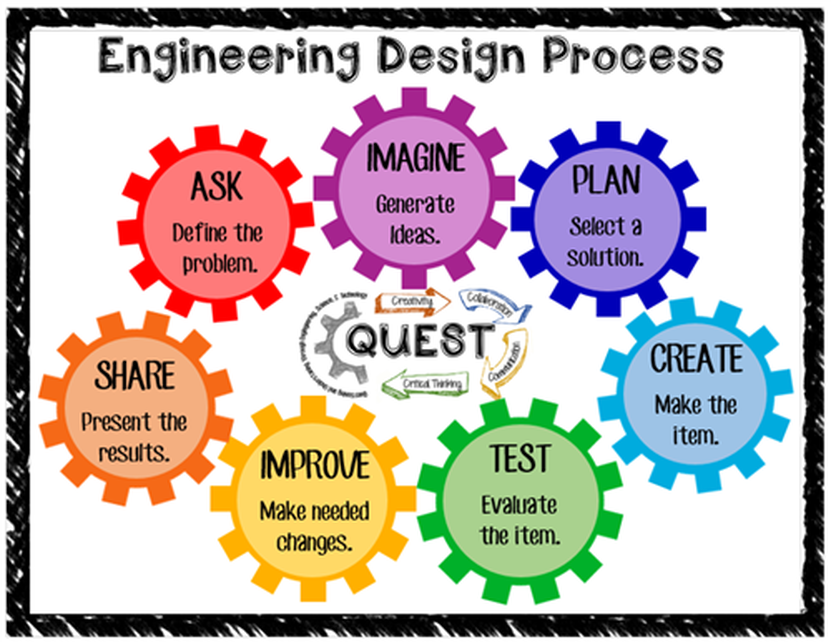
RAS Robotics
The data and statistics are enough to tell us that the future belongs to robotics as more and more jobs will be automated. Robotics boosts creative thinking skills and problem-solving skills, improves social skills, teaches teamwork, and most importantly, it helps students to focus.
STEM is an acronym for Science, Technology, Engineering, and Mathematics. Currently, the spotlight is on STEM education because it exposes children to science and mathematics concepts.
With a focus on hands-on learning and real-world application, STEM education fosters an entrepreneurial and innovative mindset in children. Undertaking the creation of a robotic program requires interdisciplinary knowledge. The process makes children work with circuits, sensors, and motors, and write codes to create a robot to perform certain tasks. Educational institutions have already started integrating robotics as a subject in their curriculum.
Robots excite children and pull them into creative processes such as brainstorming, innovation, etc. to solve a particular problem around them. While creating a product, they learn to control their actions using sensors, motors, etc.
The lesson learned through hands-on learning stays with them for a longer time. As we know software controls robots, so they learn to code to make their robots perform tasks.
Mathematics and Science are not everyone’s cup of tea. But robotics helps in learning addition and subtraction to more advanced geometry with ease. Children learn the use of electricity to generate power, concepts of force and tension, and various geometric shapes as they attempt to assemble a robot.
Robots perform tasks normally performed by humans and that is achieved with the help of programming. Programming helps us in controlling robots. Robotics helps children learn the basics of programming and summarizes the functioning of how everything around them works.
Robotics makes the tricky subject fun and easier. Children create physical robots and learn for themselves what can or cannot go wrong, and how to create the exact instructions to make a robot work.
RAS Robotics
The ISTE Standards provide the competencies for learning, teaching and leading in the digital age, providing a comprehensive roadmap for the effective use of technology in schools worldwide. Grounded in learning science research and based on practitioner experience, the ISTE Standards ensure that using technology for learning can create high-impact, sustainable, scalable and equitable learning experiences for all learners.
RAS Robotics

RAS Robotics
Blockly allows web pages to include a visual code editor for any of Blockly's five supported programming languages, or your own.
In Blockly Games, pictured here, users can play games using Blockly's editor on the right.
Play the games below using a PC or Laptop.

RAS Robotics
A discipline that is part of computing education.
A branch of technology
A problem-solving process
Computational Thinking (CT) is a problem-solving process (or set of processes and skills).
Computer science (CS) is a discipline, CT is not.
CS is a discipline that is part of computing education.
Computing education in K–12 schools includes
computer literacy, educational technology, digital citizenship,
information technology, and computer science
Because CT is a problem-solving skill, it can also be
applied in disciplines other than computer science, especially in Robotics.
Robotics is the branch of technology that deals with the design, construction, operation, and application of robots.
RAS Robotics
Duis aute irure dolor in reprehenderit in voluptate velit esse cillum dolore eu fugiat nulla pariatur. Excepteur sint occaecat cupidatat non proident, sunt in culpa qui officia deserunt mollit anim id est laborum. Lorem ipsum dolor sit amet, consectetur adipisicing elit, sed do eiusmod tempor incididunt ut labore et dolore magna aliqua.
Decomposition helps learners break down complex problems into easier to manage pieces.
The best way to start is with a task students already perform regularly. Like brushing their teeth, tying a shoelace, or making breakfast.
Pattern recognition is mapping similarities and differences in decomposed problems, which is an important skill to have for making predictions.
This can be introduced to students by showing them images of various animals, desserts, or even text.
Abstraction is simply the process of taking away or removing features from something in order to make a set of essential features. It has also been described as the process of removing unnecessary features or removing the fluff .
The abstraction process can be leveraged by having students plan a party, vacation, or trip to the movies and then solve problems by removing all irrelevant details and patterns.
Algorithm design is creating step-by-step logical series of instructions (algorithms) for solving problems.
Start students out by having them create logical steps to completing a familiar task and then have them flowchart it using the recommended universal symbols.
RAS Robotics
Navigate an obstacle course using a program written in Blockly
RAS Robotics
Reinforcement learning is an area of machine learning concerned with how intelligent agents ought to take actions in an environment in order to maximize the notion of cumulative reward.